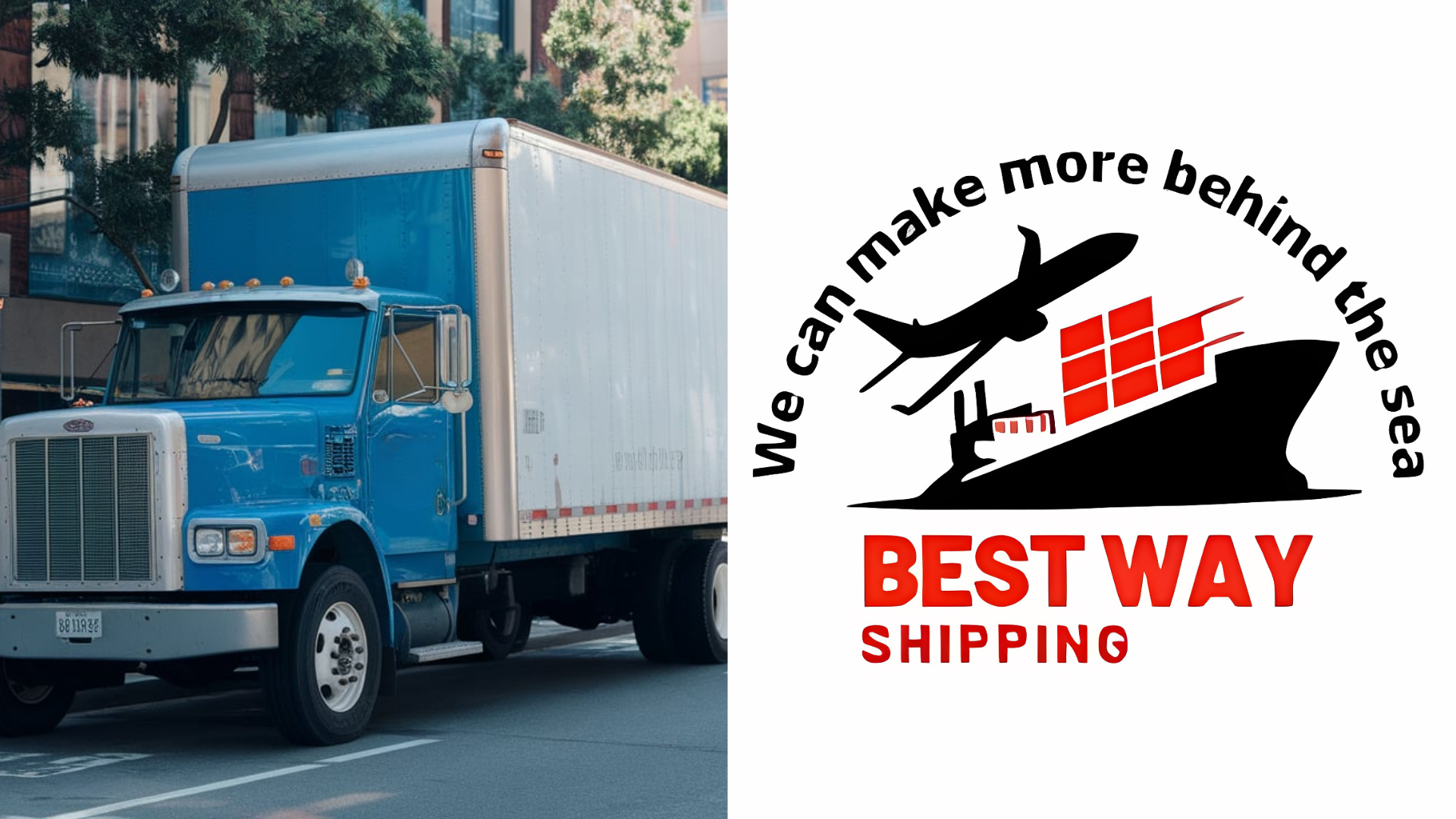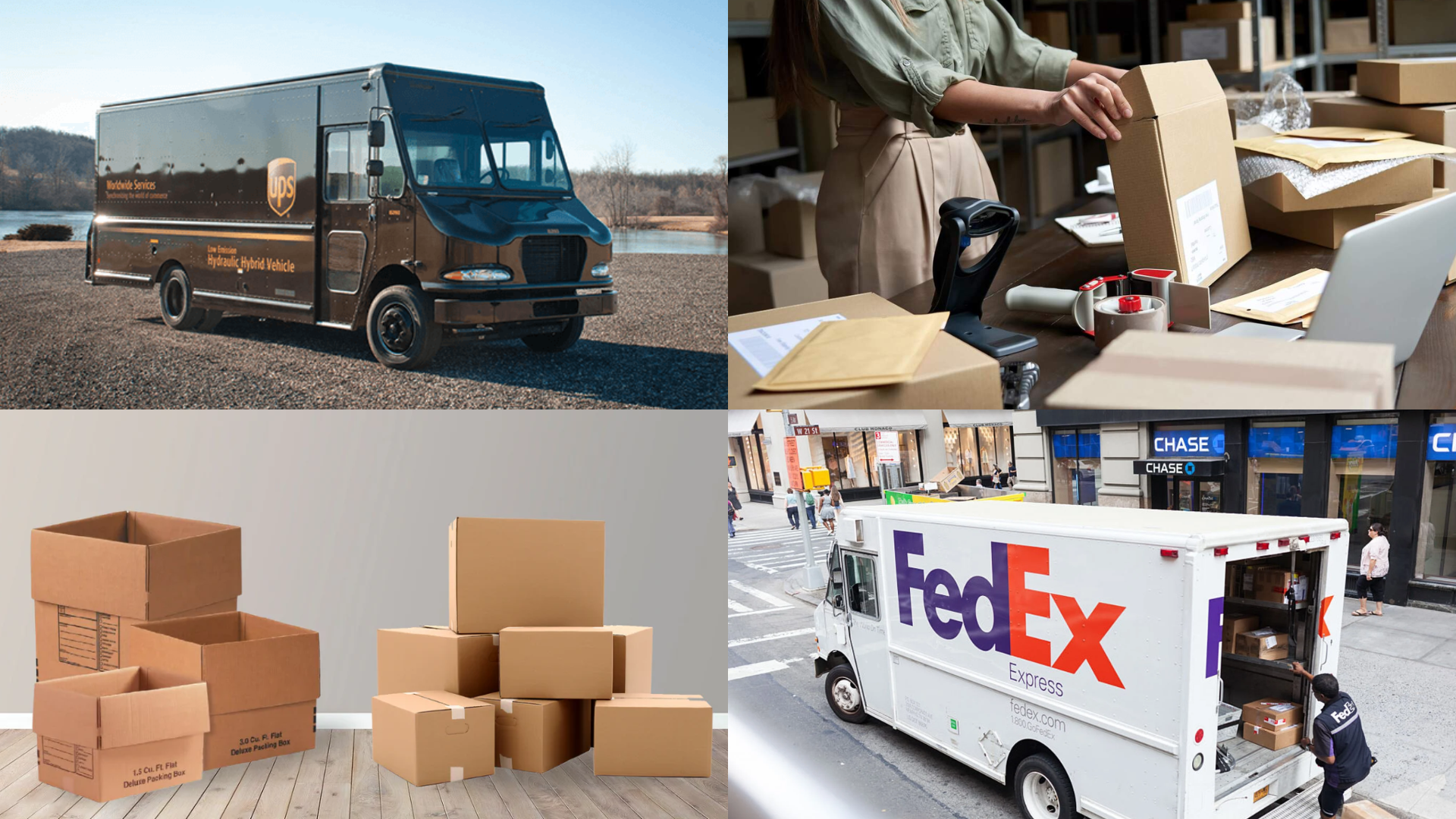When I first started shipping packages for my small business, I quickly realized how confusing it can be to choose the right service.
Every carrier promises low rates, fast delivery, and easy tracking, but the best choice usually depends on the size, weight, and destination of your package.
Over time, I learned that small changes like picking the right box, comparing rates, and using tracking tools can make a big difference in both cost and peace of mind.
In this guide, I’ll walk you through how Best Way Shipping works, explain how tracking keeps you updated, and share simple tips to save money while keeping customers happy.
What is Best Way Shipping?

Best way shipping can mean two different things, and it helps to understand both.
In general, it’s a shipping method where the carrier or fulfillment partner chooses the most cost-effective option to deliver your package.
Instead of picking a specific service like UPS Ground or USPS Priority, you allow the system to decide the “best way” based on speed, weight, distance, and price.
This approach is popular for businesses that want to keep shipping costs low while still meeting delivery expectations.
On the other hand, Best Way is also the name of several shipping and logistics companies around the world.
These firms offer freight, parcel, and tracking services under the “Best Way” brand, and customers can track shipments directly through their portals.
Factors Affecting Best Way Shipping Cost
Shipping costs aren’t just about how far a package travels – carriers use several factors to calculate the final price.
With best way shipping, the goal is to balance speed and cost by letting the carrier or system choose the cheapest effective option.
- Weight vs. dimensional (DIM) weight: Carriers charge by actual weight or box size, whichever is higher. Oversized boxes can cost more even if they’re light.
- Shipping zones: The farther the destination from the origin, the higher the rate.
- Surcharges: Extra fees apply for fuel, residential delivery, rural areas, or oversized packages.
- Service level: Ground shipping is usually the most affordable, while express or overnight options raise costs significantly.
Best Way Shipping Services and Methods

Finding the best way to ship a package depends on its size, weight, and destination. Different options work better for different needs, so knowing when to use each can save a lot of money.
1. Lightweight Packages (Under 10 lbs)
For smaller parcels, USPS often comes out cheapest. Services like First-Class Mail and Priority Mail are budget-friendly and fairly quick.
UPS Simple Rate and FedEx One Rate are also good if your items fit in their flat-rate boxes, since the cost is based on size, not distance.
These services work well for e-commerce sellers shipping clothing, accessories, or other light items.
2. Heavy or Dense Items (20 lbs and Above)
When packages get heavier, UPS and FedEx Ground are usually the better choice. They handle bulk and weight more efficiently than USPS and often deliver faster for the price.
Businesses shipping tools, books, or large electronics tend to save more by negotiating bulk rates with these carriers.
3. Bulky but Lightweight Items
If an item takes up a lot of space but doesn’t weigh much, like pillows or lampshades, carriers may apply dimensional (DIM) weight pricing.
To keep costs down, use smaller boxes, flexible mailers, or compressible packaging. Right-sizing the box can drastically lower shipping fees in these cases.
4. Multi-Item Orders
When shipping multiple items to the same customer, consolidating them into one package is almost always cheaper.
Instead of paying for several small boxes, combining everything cuts down on per-unit shipping cost and often shortens delivery times.
This approach is especially useful for subscription boxes or bundled product orders.
Best Way Shipping Tracking: How to Find the Right Tracker
Tracking is one of the most important parts of shipping because it gives peace of mind to both businesses and customers.
With best way shipping tracking, the process can feel tricky since the phrase “Best Way” is used both as a general method and as the name of specific shipping companies.
Identify the Correct Carrier or Company
The first step is to check your label or order confirmation. If it says “Best Way” as a shipping method, the carrier (UPS, FedEx, USPS, etc.) will provide the tracking number.
If it refers to a company called Best Way or Bestway, you’ll need to use that company’s official tracking portal.
Official Best Way Tracking Portals
- Bestway Freight Solutions: Track shipments by entering a consignment number on their website.
- Bestway Transfer (freight/LTL): Offers online shipment tracking through their logistics portal.
- Best Way Parcel via AfterShip: If your seller uses an aggregator, you can track directly through AfterShip.
- Bestway Wholesale (UK orders): Customers can use the “track my order” page if buying from this branch.
Best Practices for Tracking
- Save the confirmation email or order page with the tracking number.
- Match the tracking prefix or style to the correct portal.
- Check updates after 24 hours since scans can be delayed during carrier hand-offs.
Best Way Shipping for Freight & B2B
For businesses that ship pallets, bulk orders, or large equipment, best way shipping isn’t just about small parcels – it also applies to freight and B2B logistics.
Choosing the right mode can save significant costs while ensuring goods arrive safely and on time.
| Shipping Option | Best For | Key Benefits | Things to Consider |
|---|---|---|---|
| LTL (Less-Than-Truckload) | Small to medium freight that doesn’t fill a truck | Cost-sharing, flexible, widely available | Longer transit times, multiple handling points |
| FTL (Full-Truckload) | Large, time-sensitive, or fragile shipments | Faster delivery, less handling, more secure | Higher cost if the truck isn’t full |
| Intermodal Freight | Long-distance or cross-country shipments | Lower cost, energy-efficient, greener option | Requires coordination between rail and truck carriers |
| Freight Tracking Portals | B2B shipments needing visibility | Real-time updates, reduces risk of delays or theft | Portal access may vary by company |
Best Way Shipping Playbooks by Scenario
Not every shipping need is the same, and the choice you make can change depending on your business model.
- New Direct-to-Consumer (DTC) Store: Use USPS for small parcels under 10 lbs; compare UPS and FedEx Ground for heavier items; rely on rate-shopping tools.
- Marketplace Seller (Amazon, eBay, Etsy): Take advantage of marketplace-negotiated carrier discounts; batch print labels; consolidate multiple orders into one box.
- International Shipping: Start with low-cost USPS International or consolidators; be clear on duties and taxes (DDU vs. DDP); use freight forwarders for larger orders.
By matching the best way shipping strategy to each scenario, you’ll cut costs, improve delivery times, and keep customers satisfied.
Best Way Shipping Savings for Small Businesses
Shipping can take a big bite out of profits, but small changes can make a big difference.
- Compare carrier rates: Use shipping software to check USPS, UPS, and FedEx side by side for the cheapest option.
- Use the right packaging: Smaller boxes or mailers with lower dimensional (DIM) weight charges and cut waste.
- Negotiate discounts: Open a business account and ask carriers about volume-based pricing.
- Ship from closer locations: Fulfill orders from the warehouse nearest to your customer to reduce zones and cost.
- Simplify returns: Offer portal-based returns that use the cheapest available route.
By using the right tools and smarter practices, small businesses can cut costs while keeping deliveries reliable.
Conclusion
Finding the best shipping method isn’t just about lowering costs; it’s about balancing price, speed, and reliability.
Small businesses and individuals can save by comparing carriers, choosing the right packaging, and using tracking tools wisely. Best Way Shipping tracking also helps build trust, since customers feel more confident when they can see where their package is.
Freight and B2B shipping matter too, with options like LTL, FTL, and intermodal making it easier to move goods efficiently. I’ve learned that when you plan ahead, shipping feels less stressful and more predictable.
If you’re ready to dig deeper, read my other blogs where I share real tips on freight, cross-country shipping, and keeping costs down.















